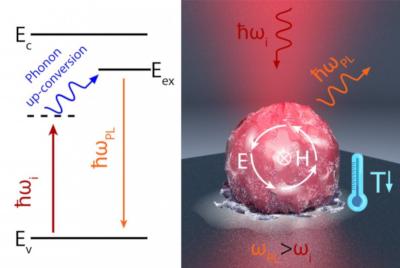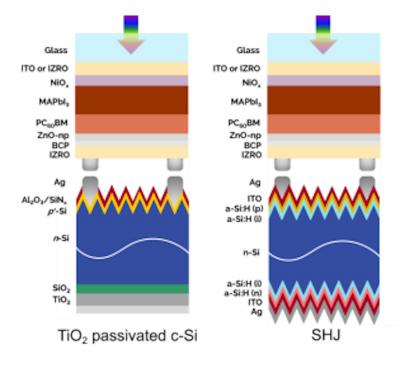New strategy yields 24.8% efficiency all-perovskite solar cells
Researchers at Nanjing University in China and the University of Toronto in Canada have fabricated all-perovskite tandem solar cells (PSCs) with remarkable independently certified PCEs of 24.8% for small-area devices (0.049 cm2) and 22.1% for large-area devices (1.05 cm2).
Fabricating all-perovskite tandem solar cells, based on both wide-bandgap and narrow-bandgap perovskites, could lead to a higher power conversion efficiency (PCEs) than that attained by single-junction cells without increasing fabrication costs. In order to build this new type of solar cell, however, researchers need to find a way to enhance the performance of each subcell, while also integrating the wide-bandgap and narrow-bandgap cells synergistically.



